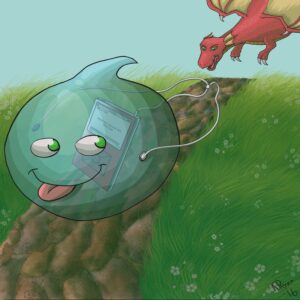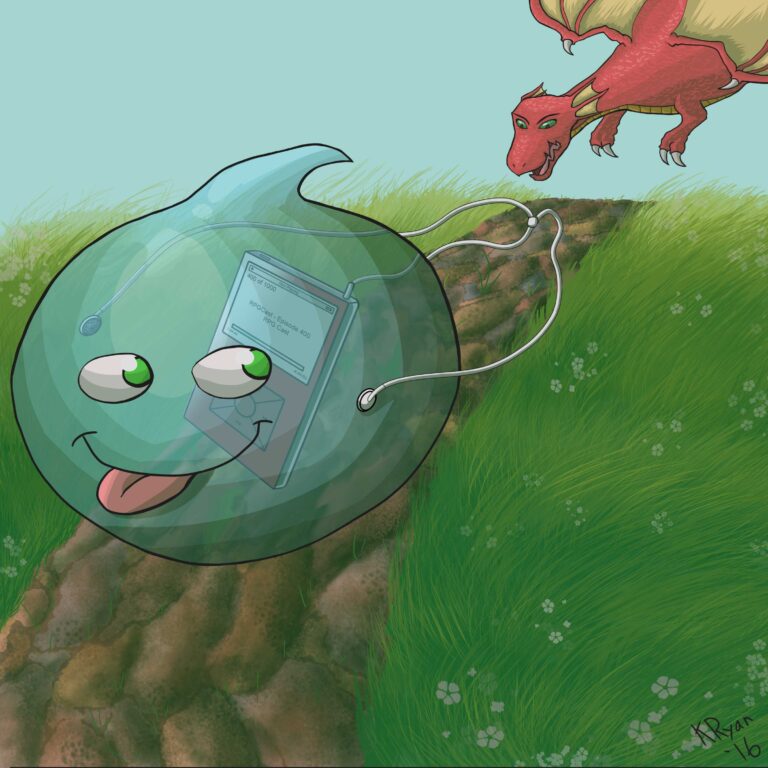There are several different types of figurative language, each one useful for a different situation and purpose.
1. Simile
A simile is a direct comparison between two things that uses the words “like” or “as.” It is a great example of how figurative language can create a vivid image for the reader.
For instance, saying “her smile was as bright as the sun” not only describes the brightness of her smile but also conveys a sense of warmth and happiness.
2. Metaphor
Metaphors make implicit comparisons between two unlike things, meaning the writer implies or suggests they are alike in a significant way without using the words “like” or “as.”
For example, in the phrase “time is a thief,” the writer compares time and a thief to suggest that time, like a thief, can steal life’s moments. Unlike similes, which make their comparisons explicit, metaphors do so implicitly.
3. Personification
Personification involves giving human qualities to inanimate objects or nonliving things. Writers use this literary device to add emotion and lifelike human characteristics to nonhuman elements. For instance, saying “the wind howled throughout the night” attributes the human action of howling to the wind.
4. Hyperbole
Hyperbole is an intentional exaggeration used for emphasis. A common expression like “I’ve told you a million times” does not literally mean a million but suggests a high frequency to emphasize the speaker’s frustration.
Like other figurative language types, a hyperbole can also produce a comic effect if the writer chooses to use the sentence that way.
5. Idiom
Idioms are culturally specific expressions whose meanings cannot be deduced from the literal meanings of the words they contain.
For example, “Wall Street” is not merely a street but a metonym for the financial industry in the United States. Another idiom, “new wheels,” refers to a new car, relying on the reader’s cultural knowledge to grasp the implicit meaning.
#Types #Figurative #Language #Examples





















+ There are no comments
Add yours